The theme of this years International Women’s Day, March 8th, is Inspiring Change. Attending a recent conference about women in water leadership led me to wonder: how can WLE’s research inspire change in female representation in the water sector?
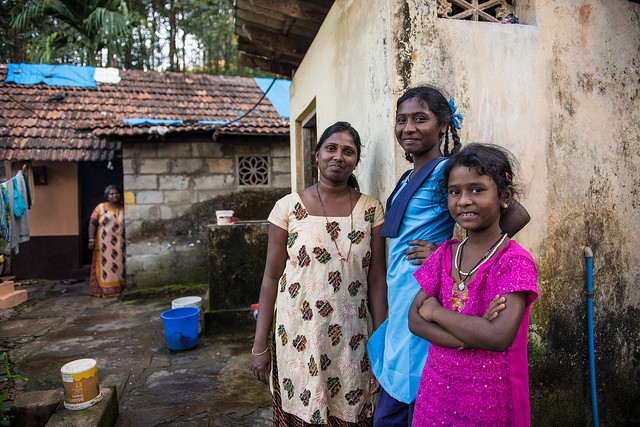 In Karnataka ADB project improves water rain water management benefitting the entire household. Photo: ADB
In Karnataka ADB project improves water rain water management benefitting the entire household. Photo: ADBThe conference, Women, Water and Leadership: A Workshop for Asia and the Pacific, was co-organized by the CGIAR Research Program on Water, Land and Ecosystems (WLE), the International Water Management Institute (IWMI), and the Asia Development Bank (ADB) last month. A diverse group of predominantly female leaders and public and private water management professionals from Asia presented, as did representatives from international organizations.
Three important components must be considered when making opportunities for women in the water sector, said Jeremy Bird, IWMI Director General. He called them the “three I’s:” Information, Incentives and Investment.
- Information needs to provide evidence and data on women in leadership positions in the water sector. We need research that shows how best to give women equal opportunity and decision-making power.
- Incentives need to be put in place, both to attract women to water, but also to help organizations place women in high-level positions.
- Investments of money and time are crucial, not only for capacity building and educating potential women leaders, but also for supporting the changes needed to create opportunities and space for women leaders.
Water is perceived to be a women’s business but the business of water lacks women, said Sonomi Tanaka of ADB. At an institutional level, the number of women in leadership is miniscule compared to the number of men. At the community level, those doing the hard work to transport, reroute, or clean water resources are usually women, while management and distribution decision making is often within the male sphere of influence.
So what can be done to change these realities?
Part of the answer lies in the power of individuals to educate, mentor, and promote women in order to give them the capacity, self-confidence and opportunity to enter the water sector and succeed within it.
Patricia Wouters of Xiamen Law School, a former lawyer and current educator, called it “the power of one.” This ethos is her motivation for teaching young women in China.
Tari Bowling, a consultant for the Theun Hinboun Power Company, called it “paying it forward,” attributing her own successes to strong mentorship she received as a young professional and which she aspires to pass along to other women.
Individuals in power have the ability to identify potential women leaders, nurture their talents, offer crucial advice, and promote them. It was agreed that real change occurs when individuals make the decision to invest their time and resources in future women leaders.
Unfortunately, personal contributions and connections are not sufficient on their own. Changes need to occur at an institutional level in order to ensure that the investments made by individuals have the opportunity to take hold and come to fruition.
There are obvious policy gaps that still make it difficult or unappealing for qualified women to work in the water sector and finding appropriate policy instruments and incentives (such as higher pay, extended maternity leave, tax breaks, etc.) to implement in specific contexts is both the key and the challenge.
This is where I believe WLE and IWMI have a great opportunity and can be of service. To find effective incentives and tools to increase the number and quality of women in water leadership, we need more research, i.e. information and evidence.
Below are some questions that were asked, sometimes repeatedly, at the conference:
- Has having women in water leadership positions led to success, and if so, for whom?
- How are female leaders different from male leaders? Do we need different incentives to attract them to the water sector?
- How can societies and organizations create space so that women can choose how they want to balance a technical career with domestic roles?
- How can research change the attitudes of communities or organizations regarding women’s leadership?
- What is the most important thing WLE, IWMI or ADB can do to help increase the role of women?
Concrete suggestions were made but none of these questions was answered satisfactorily. Of course having women in leadership is important, but how and when is it most effective? Of course water is everyone’s joint responsibility so having women involved in the decision making process is vital but what are the numbers that support that statement?
Professor Wouters invited WLE to structure a project that would find and name the top Asian women in water as a way to kick-start research on the topic.
Do you think her suggestion or any of the aforementioned queries are viable research questions that could shape WLE and IWMI’s project planning in the future?











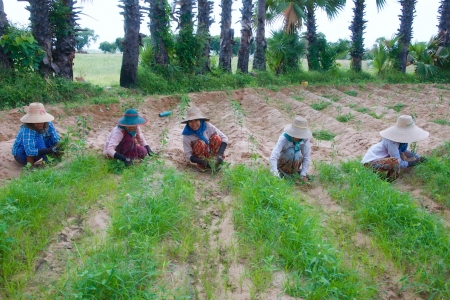
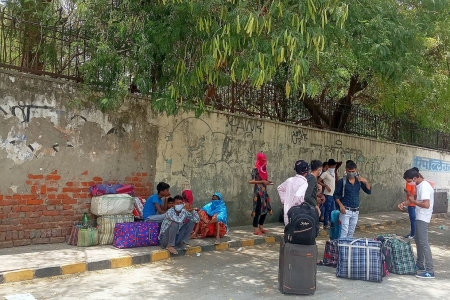




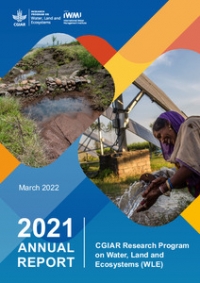
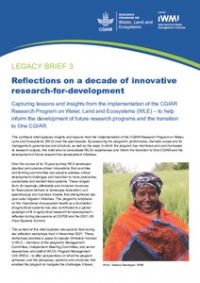
Comments
Excellent summary of some key messages. IWMI is committed to a gender transformative approach which speaks directly to the Inspire Change theme of Women's Day 2014. Some of the above listed questions will be addressed by the WLE/ IWMI Four Basin Gender Profiles project which will deliver information (gender disaggregated data) and evidence (case studies). However, striving for greater representation of women in leadership will require a concerted effort from across the water sector to leverage political will and action to bring about both the sector specific and societal change required for gender equity leading to gender equality in leadership. As was evident at the conference, there are many highly intelligent, capable, qualified women in the sector. Together with the palpable ground swell of energy and commitment the time for change is nigh. The water sector now has the opportunity to take the lead and be a positive example to other sectors in international development by embracing the gender transformative agenda and increasing female leadership.